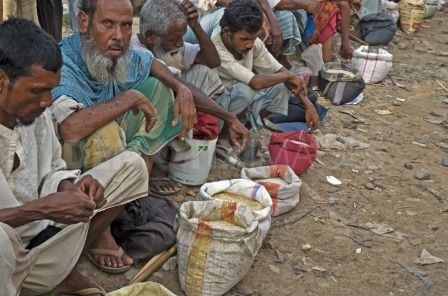
One third of Pakistan’s population lives below the poverty line. At a time when millions in Pakistan are suffering from an economic crisis, and a pandemic, it is painful to see that they also have to suffer soaring food prices. Over the last year, food prices have dramatically risen in Pakistan but here has been a steady rise since PTI came to power in 2018.
According to a recent Editorial “No data can measure the impact of the massive spike in the price of wheat flour or sugar or vegetables or pulses on the daily calorie intake or monthly budget of low- to middle-income families. In fact, many think that the PBS, which tracks the prices of a basket of essential goods and services consumed by the majority, cannot even record the actual price inflation because it does not have the capacity to do so. Thus, its price data usually understates the actual situation.”
The reasons for surging food inflation are multiple: “One, the economy had been experiencing broad-based inflationary pressures for a couple of years owing to the implementation of stabilisation policies aimed at reining in the fiscal and current account deficits. It is naive to expect food prices to remain stable when everything else is becoming more expensive because of government policies or market dynamics. Two, disruptions in the food supply chain from the pandemic also raised input and transportation costs for farmers who had no way of recovering it except by jacking up selling rates. Three, the reduction in the output of minor and major food crops, particularly wheat, and an increase in demand since the virus outbreak also created a major supply gap in the country. The failure of the government to predict the market, especially in the case of wheat and sugar shortages, and make timely arrangements to fill the gap through early imports have led prices to increase further. Instead, the government responded to the food inflation crisis with occasional administrative actions against ‘profiteers and hoarders’. This compounded the shortages.”
The solution “lies in developing the capacity to predict food commodity markets, both domestic and global. It lies in quickly addressing supply chain disruptions and covering shortages through early imports. Long-term food price stability depends on the government’s willingness to revamp its agricultural policies, liberalise the trade regime allowing market forces to freely play their role, reduce the cost of farm inputs, invest in high-yield and drought-resistant seed technologies, and give growers incentives to adopt modern farm practices to increase yields. Without increasing crop output, food prices won’t stabilise.”
![]()





